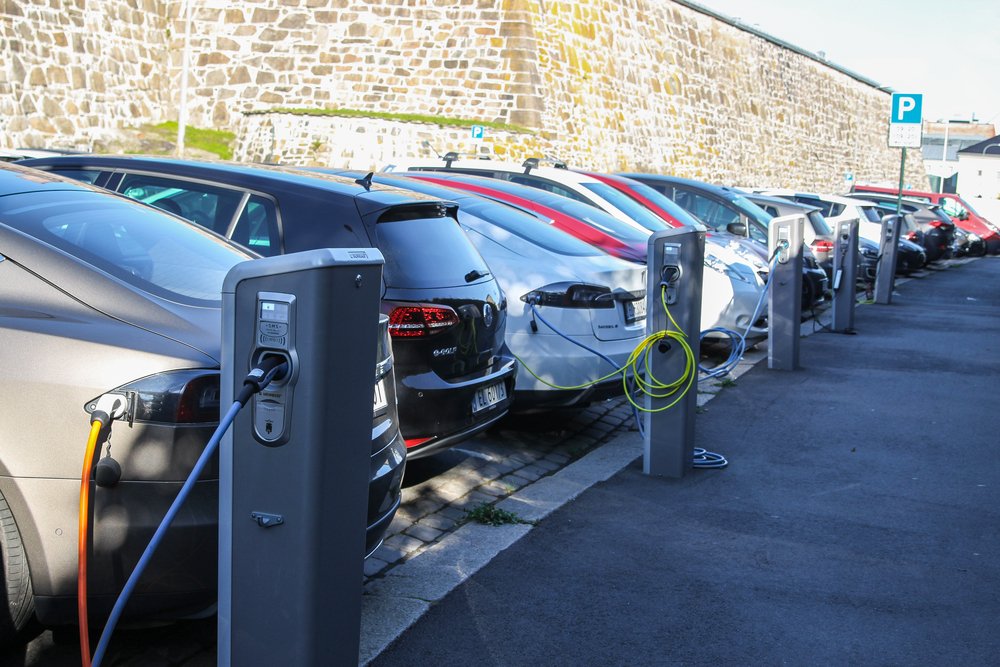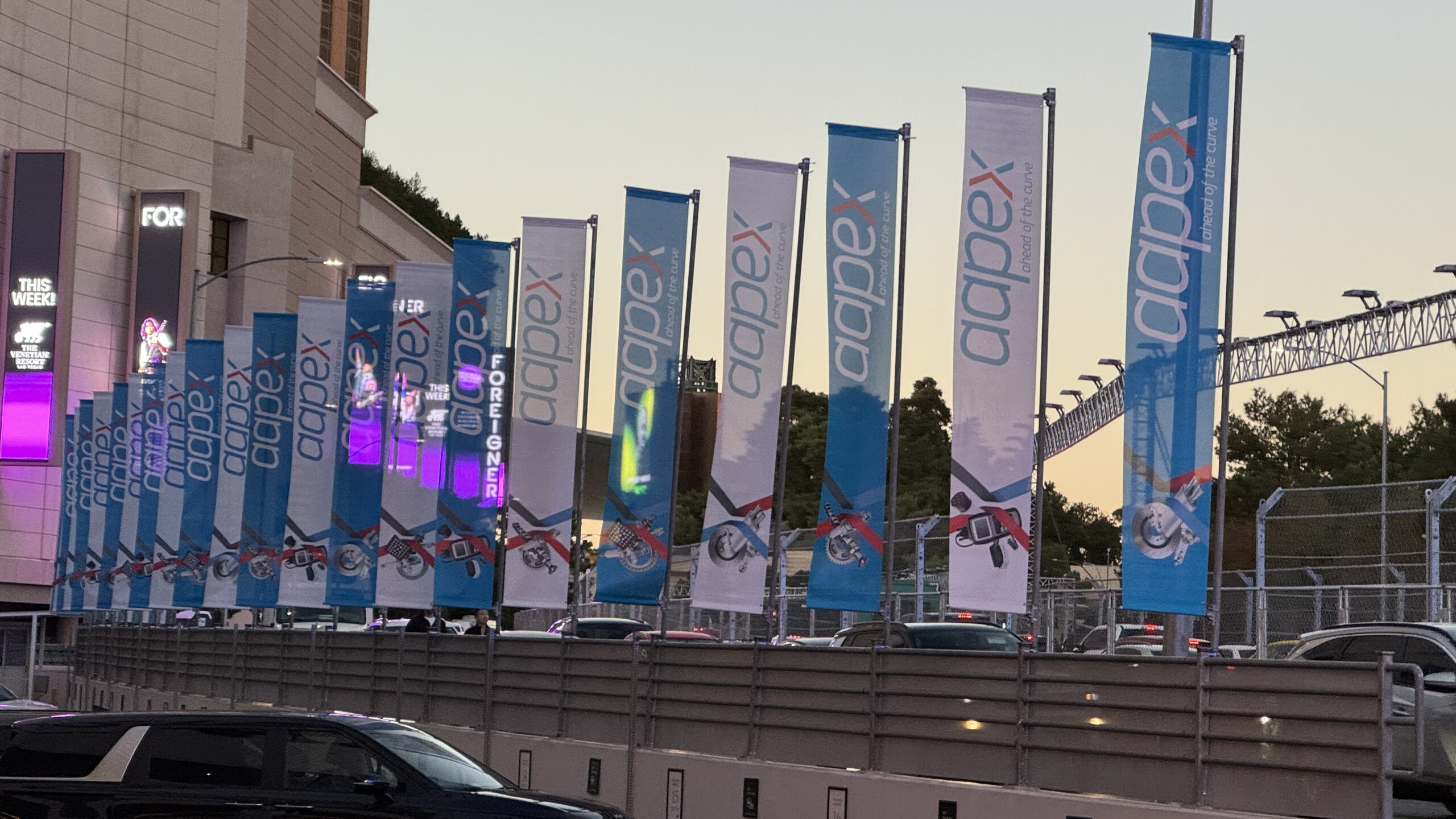
The federal government’s mandate to ban the sale of internal combustion engine vehicles in the light vehicle segment has many automotive professionals questioning the validity of the goal.
There are about 350,000 battery electric vehicles on Canadian roads right now, observed Brian Kingston, president and CEO of the Canadian Vehicle Manufacturers’ Association.
He called that a good start while speaking at the Canadian Black Book Talk Auto 2023 event. But to get from about 10 per cent of sales to 100 per cent is going to take a lot of work.
“It can happen but a lot of things have to happen immediately and we need to see a lot more urgency from governments to make that target achievable,” he said during his presentation, State of the Canadian Auto Industry.
One is better purchase incentives. There’s still too much of a price gap between the same ICE and BEV models.
“Canadians are facing serious affordability challenges right now due to higher interest rates and a range of other challenges,” Kingston said. “You’re not going to shift a large portion of Canadians into an electric at a higher price point on the basis and the promise that they’ll save more money on gas.”
Canada has a $5,000 federal incentive. The U.S. offers about CAD$10,000. “Plus, of course, you have state-level incentives, and we have some of those at the provincial level in Canada, but it’s simply not enough,” he noted.
Second is better charging infrastructure. Even though about 1.4 per cent of vehicles in operation are electrified, there are many complaints about public chargers.
“We constantly hear stories from drivers about challenges that they have: Access to convenient public fast, reliable charging infrastructure. So that that barrier has to be removed,” Kingston said.
Education is an important component of the transition.
“We still get questions about electric vehicles and battery degradation, range, cold weather operation,” Kingston said. “There’s still a lot of questions that people have legitimate questions. So there’s more to be done on education to explain the technology and help many people made the switch.”
Creating a strong battery supply chain is the last major component of the transition. It will need to supply a lot of vehicles in a short amount of time.
“So is 100 per cent [electrification] achievable? It is but all of those things need to come together in a very, very short period of time,” Kingston said.
He wants to see a properly laid out plan as to how full electrification will be achieved.
“It feels like the targets are being set in a bit of a vacuum: Let’s just set the target is ambitious, it looks great. And then we’ll figure out how to get there later. Well, that doesn’t work for us,” Kingston said. “If you’re going to set a target, we need to understand how you’re actually going to achieve it first, and then determine whether or not it’s feasible.”












Leave a Reply